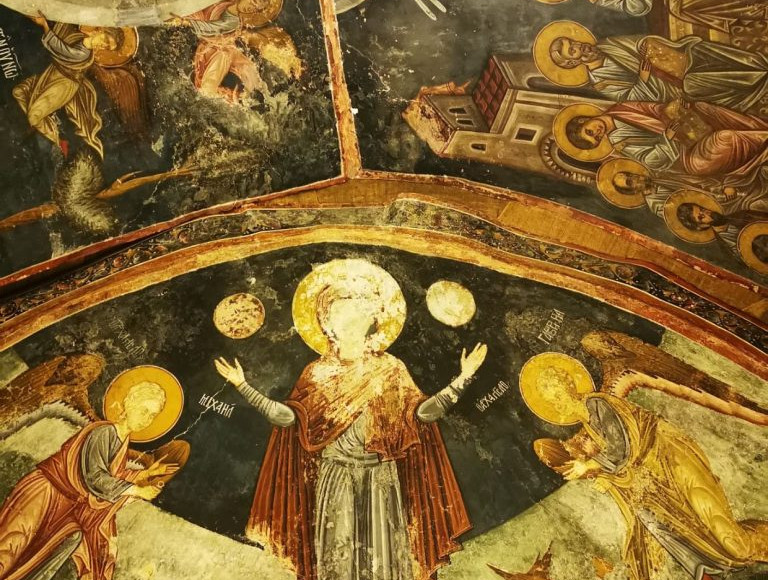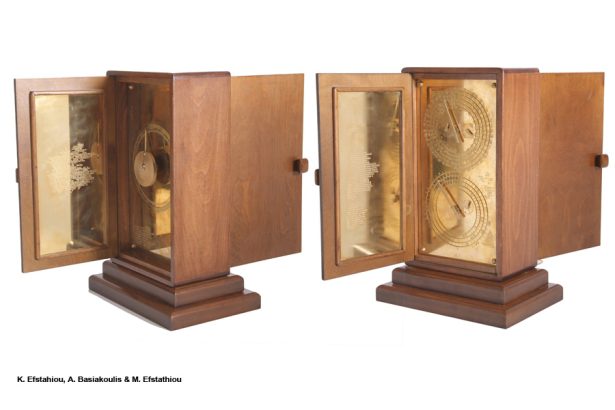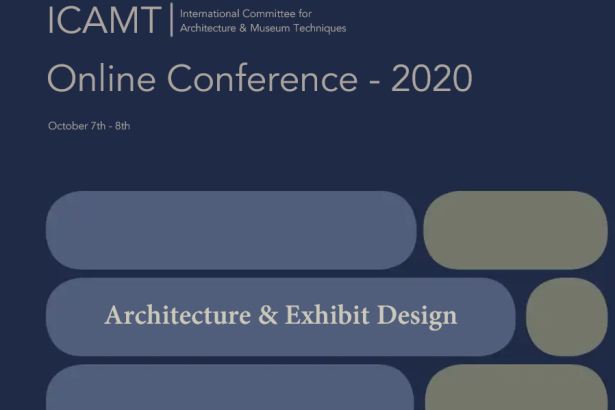Conference Proceedings
EuroMed 2022 conference proceedings (Open Access)
Authors
T. Ganetsos, K. Romantzi, M. Papoytsidakis, K. Efstathiou, T. Nikidiotis, R. Georgiou, M. Ioannides, C. Koukliotis, I. Eliades
Citation
Ganetsos, T., Romantzi, K., Papoytsidakis, M., Efstathiou, K., Ioannides. A non-destructive approach for pigments identification of the Byzantine wall paintings in the church of Saint Euphemianos in Cyprus. Euromed2022 Conference Proceedings. In preparation.
Abstract
In this research article we present identification of pigments using non-destructive techniques. The geographic location of Cyprus at the crossroads of Europe, Asia, and Africa, the meeting point of great civilizations reflects the factors that have influenced the course of the island’s history and its rich cultural heritage. We studied the frescoes of the church of Saint Euphemianos or Themonianos in Cyprus. Various natural mineral pigments, as well as artificially produced inorganic pigments were identified in the wall paintings by means of pXRF and pRaman Spectroscopy. The local mineral varieties included mainly red and yellow ochre, umber, green earth. The foreign natural inorganic pigments included lapis lazuli, consisting mainly of lazurite and cinnabar. The artificially produced inorganic pigments included lead white. The pigments seem to have been used pure or in mixtures and were applied in a single or multiple layer. The yellow paints consisted mainly of yellow ochre, while the brown-reds consisted of different hues of red ochre, yellow ochre, and umbers applied pure or in combination with each other.
Finally, this work presents and describes all the features and parameters of the complexity and quality that influence the methodology and infrastructure to be used for high quality results regarding digital cultural heritage. These complexity and quality factors are illustrated in the form of radial charts with the corresponding relevant information at the end of the paper.



